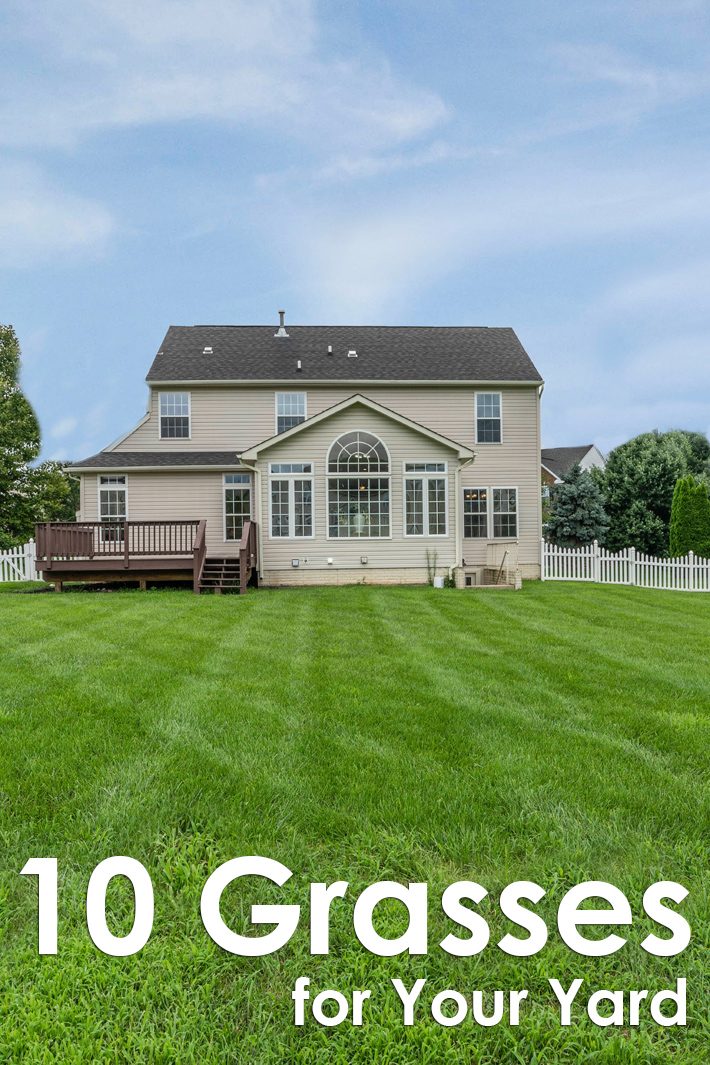
Most lawns are made up of different grasses that work well in combination. Whether your lawn faces drought, heat, cold or foot traffic, we’ll help you find the right grass.
Choosing and maintaining a lawn can be a little like falling in love. You’re more likely to be happy if compatibility is high on your list of requirements. When it comes to lawn selection, it’s easy to be seduced by an expanse of lush, green outdoor carpet, but those beautiful, unmarred expanses are high-maintenance and not very user-friendly. If you have children or pets, or consider lawn care a chore rather than a hobby, making a few tough choices about the type of lawn you can live with will help promote domestic harmony – in the garden at least.
Maintenance isn’t the only thing you should consider, either. Turf grasses are designed for specific applications. Weather plays a big part in the types of grasses that will do well where you live. Grasses are broken into categories based on how well they fare in different areas of the United States and are typically separated into three broad categories or zones: cool, warm or transitional.
Once you know your lawn zone, you’ll be able to refine your grass selection based on that and other factors that relate to your specific circumstances, like how much work you want to put into mowing, fertilizing, watering, thatching and other lawn-related tasks. The overall makeup of your landscape and the look you want to create are important, too. Most lawns are made up of different grasses that work well in combination. A lawn seed mix might include some grasses that flourish in bright sunlight and others that are suited for the shady areas under trees. Buying a compatible mix will let you incorporate some grasses that will thrive in the shade cast by your oak tree while that sunny afternoon spot next to your mailbox will have coverage, too.
On the following pages, we’ll look at 10 popular lawn grasses. No single grass variety is all things to all landscapes, but each of these grasses has something to recommend it and may be just the grass you need to increase the curb appeal of your home, cover an embankment without needing weekly mowing in summer, or spruce up a tree lawn that needs a sturdy grass that can stand up to foot traffic.
10 Grasses for Your Yard:
2. Carpet Grass
4. Bent Grass
9. Tall Fescue
10. Fine Fescue
The United States is Rolling in . . . Lawn
According to a study funded by NASA, almost 50,000 square miles (129,500 square kilometers) in the United States is covered in some type of lawn. That’s an area nearly the size of New York State.
Growing Grass Under Trees
To give your grass the best shot at life under a tree, trim your tree’s branches so that they start about 10 feet (3 meters) above the ground, and thin out the canopy periodically to allow some light to penetrate. Your grass will thank you.
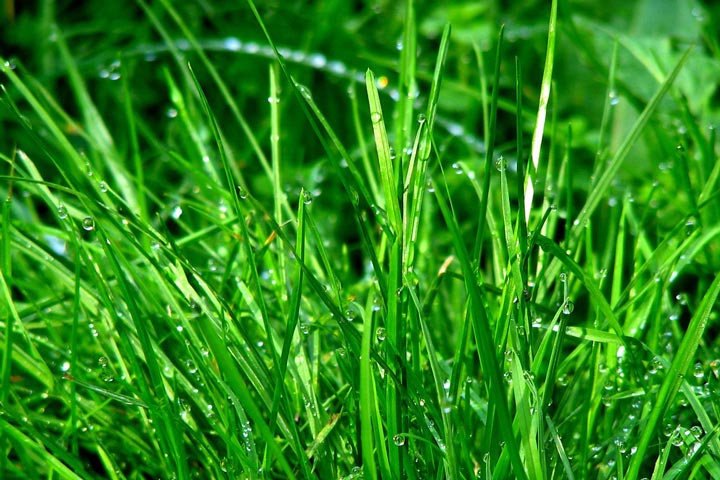
Please follow us on Facebook Page and enjoy our collection of recipes, crafts, fitness, health tips, gardening, DIY and more…
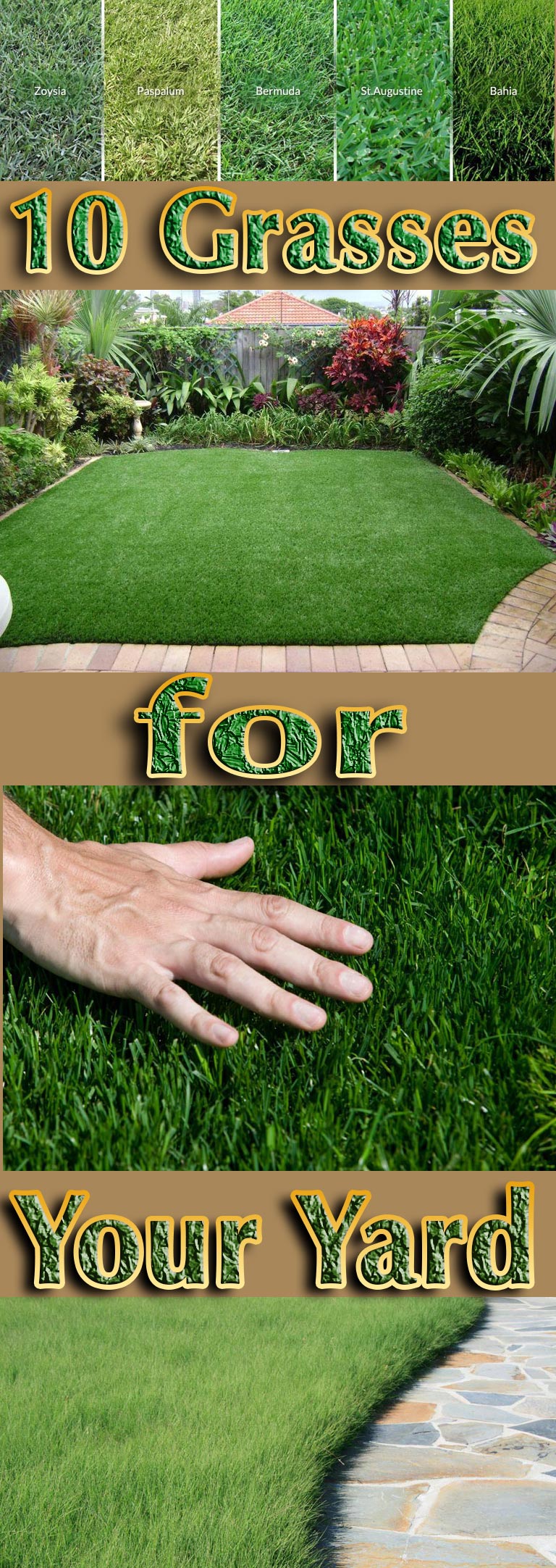

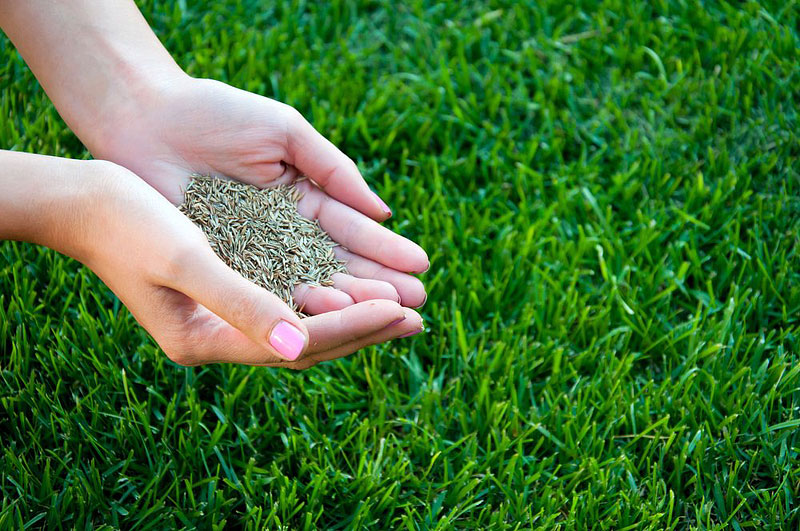
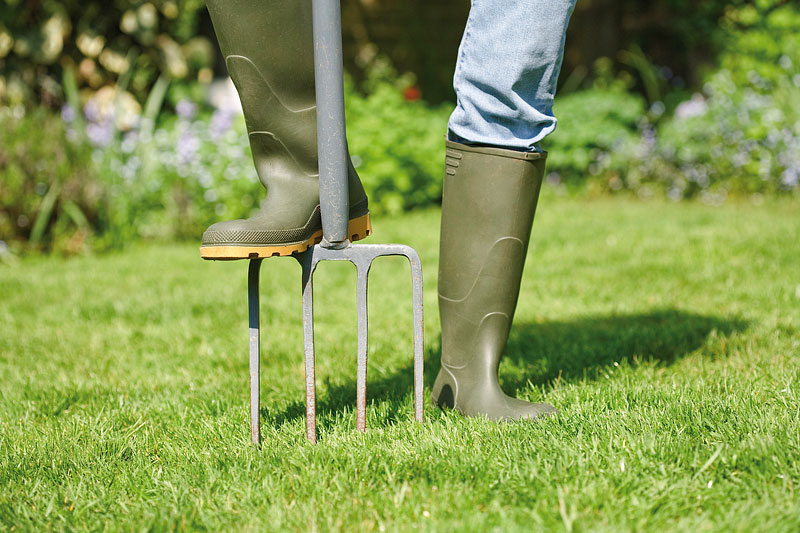



Zimbabwe grass,a type of turf grass found in Africa grows very well under trees. I however don’t know if it is found in the US
A very resourceful post especially for beginners!! Maintaining a healthy and ever-green lawn requires a lot of commitment and making the right decisions. I have Bermuda grass and it’s doing well in my area.